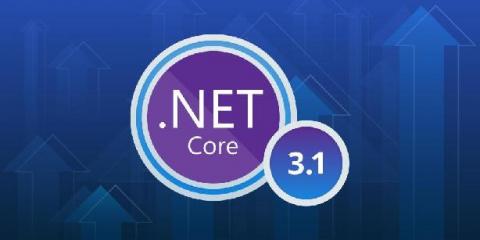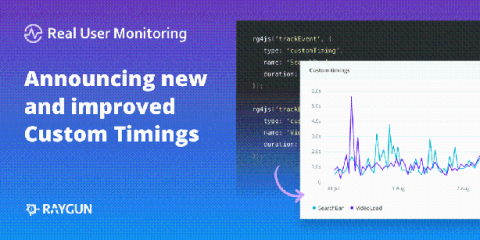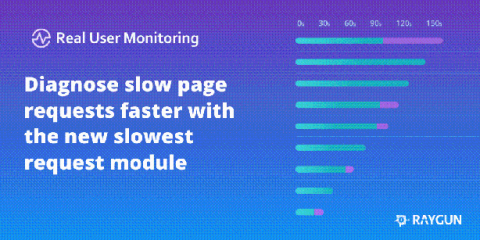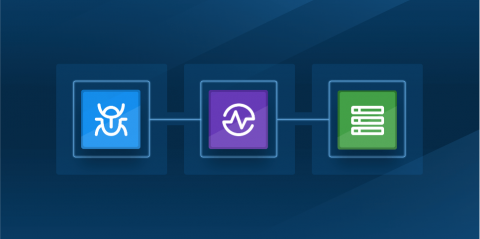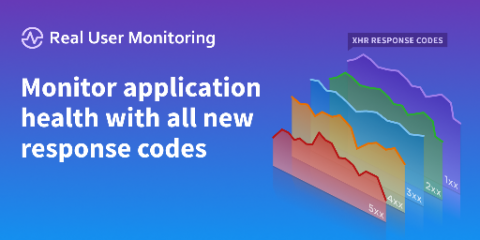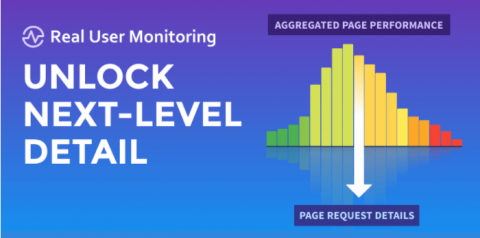Sponsored Post
Achieving a 12% performance lift migrating Raygun's API to .NET Core 3.1
Here at Raygun, improving performance is baked into our culture. We don't just think about our application performance, but more broadly, we look at our own infrastructure and ask if there's anything we can do to make it more performant for our business and for our customers. Two years ago, we switched our API from Node.js to .NET Core and achieved a 2000% increase in throughput. To continue that story, we recently upgraded .NET Core 2.1 to 3.1 and saw a 12% increase in performance. We enjoy presenting our performance findings, so in this post, we'd like to give some context into why we upgraded and the conditions that helped us achieve the 12% performance lift.


